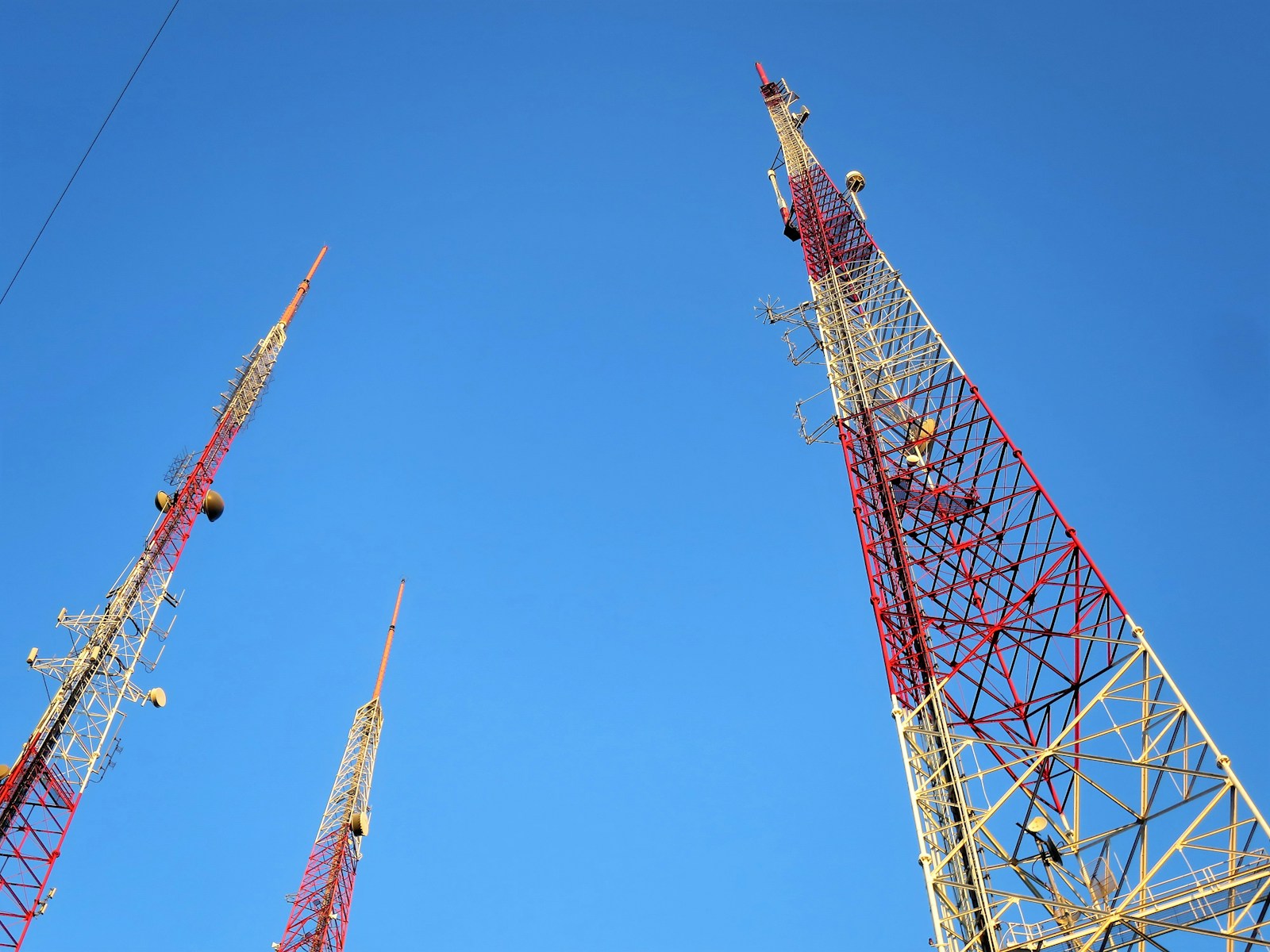Towards Accessible Telecom Services: DoT Implements Pragya Prasun Directives for PwDs

Introduction
In a significant move to strengthen digital inclusivity and uphold constitutional rights, the Department of Telecommunications (DoT), Ministry of Communications, has issued comprehensive directions to all telecom licensees mandating accessible and barrier-free Know Your Customer (KYC) processes for Persons with Disabilities (PwDs). Issued via circular no. 800-10/2024-AS.II dated 31 July 2025, this update comes in direct compliance with the Hon’ble Supreme Court’s judgment dated 30 April 2025 in WP(C) No. 289/2024 (Pragya Prasun & Ors. v. Union of India & Ors.) and WP(C) No. 49/2025 (Amar Jain v. Union of India & Ors.).
The directions replace the earlier DoT circular of 2020 and aim to address long-standing procedural hurdles that have disproportionately affected persons with visual, physical, or cognitive impairments in accessing telecom services. These regulatory changes reflect the Court’s reaffirmation of equality and dignity under Articles 14 and 21 of the Constitution, as well as statutory rights under the Rights of Persons with Disabilities Act, 2016.
Legal Context and Judicial Mandate
In the Pragya Prasun judgment, the Supreme Court held that inaccessible digital KYC systems such as those relying solely on biometric verification or facial recognition with specific gestures amount to systemic exclusion of PwDs and thus violate their fundamental and statutory rights. The Court directed major regulators including RBI, SEBI, IRDAI, PFRDA, TRAI, and DoT to implement reforms across digital onboarding and service access processes. These include the use of alternative liveness checks, the acceptance of thumb impressions, the availability of paper-based KYC, and the establishment of grievance redressal mechanisms, among others.
Key Highlights of the DoT Directive
The 31 July 2025 instructions, applicable to Unified Access Service Licensees (UASL), Unified License (UL) holders, and UL (VNO) entities, contain a range of binding measures:
- Inclusive KYC Options: PwD customers must be informed of all available KYC methods such as e-KYC, digital KYC (D-KYC), self-KYC, and paper-based KYC, and allowed to voluntarily choose the method best suited to them.
- Alternative Liveness Verification: For those opting for e-KYC or D-KYC, the liveness detection mechanism must not rely solely on eye-blinking, and licensees are required to provide alternative verification options to accommodate different disabilities.
- Accessible Paper-Based KYC: Where paper-based KYC is preferred, the licensee must provide this as a fully accessible option. The PwD certificate must be attached to the Customer Acquisition Form (CAF).
- Mandatory Disability Fields: New mandatory fields must be incorporated in the CAF and internal databases:
- 1A: Person with Disability (Yes/No)
- 1B: Disability Type & Percentage
- Designated Officers and Review Mechanism: A designated officer must be appointed to address issues raised by PwD customers and review KYC rejections by automated systems.
- Grievance Redressal and Support Services: Telecom operators must establish dedicated helplines or support desks within customer care centers, staffed by trained personnel equipped to assist PwDs, including those using assistive technologies.
- Training and Sensitisation: Licensees are required to conduct regular disability awareness programs for their staff and Points of Sale (PoS) personnel.
- Biannual Accessibility Compliance Reporting: Licensees must submit an Accessibility Compliance Report twice a year; on 1 January and 1 July, via the Saral Sanchar Portal, beginning from 1 January 2026.
Conclusion: Transforming Rights into Practice
The Department of Telecommunications’ July 2025 directive is a direct and welcome outcome of the Supreme Court’s ruling in Pragya Prasun & Amar Jain v. Union of India (April 2025), which affirmed that inaccessible KYC systems violate the fundamental rights of persons with disabilities under Articles 14 and 21 of the Constitution, as well as the Rights of Persons with Disabilities Act, 2016. In response, regulators including RBI and SEBI have taken steps to ensure that persons with disabilities are not excluded from financial and telecom services due to procedural or technological barriers.
The Reserve Bank of India (RBI) has reiterated that banking services must remain accessible to PwDs, regardless of biometric authentication issues. Alternative KYC modes such as offline Aadhaar, paper-based KYC, and assisted account opening have been reinforced. Similarly, the Securities and Exchange Board of India (SEBI) has issued guidance requiring market intermediaries to adopt accessible digital KYC processes, including alternate liveness verification, acceptance of thumb impressions, and human support for onboarding. With the DoT now joining this regulatory shift, Pragya Prasun is catalyzing tangible, cross-sectoral reforms. Accessibility is no longer peripheral; it is now a core regulatory standard grounded in constitutional and statutory obligation.
For more details, write to us at: contact@indialaw.in
By entering the email address you agree to our Privacy Policy.



